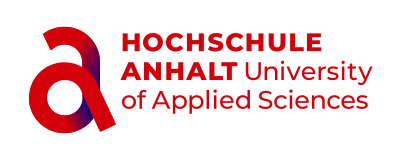Extensive grazing, alongside mowing, cutting of shrubs and trees, establishment of important target species, and restoration of habitats, is another way to ensure biodiversity levels in our cultivated landscape.
But grazing by sheep, goats, horses, cattle and donkeys as practiced in the Neolithic age was not the first occasion on which our ecosystem would be altered. The big herbivores like wisent, aurochs and wild horses had been roaming the lands creating a mosaic of open or semi-open landscapes.
Many animals and plant species are highly dependent on grazing animals and their impacts like the stamping of hooves and wallowing creating open spaces or the animals‘ excrements. Therefore, grazers are a key factor in our ecosystems. Nature conservation uses a wide variety of extensive grazing concepts (e.g. Riecken 2004, Bunzel-Drüke et al. 2015, Török et al. 2016):
- Traditional maintenance of valuable cultivated landscapes via extensive grazing
Traditional pasture use mostly consisted of shepherds looking after their herds and moving from pasture to pasture. Keeping goats was also common in the past.
More information see project:
Management of open habitats on steep slopes by goat grazing in the lower Saale river valley
- Large-scale near-natural pasture sites targeting long-term management of valuable Natura2000 habitats
Enduring domestic breeds which live nearly wild are used to graze large areas all-year-round to restore and maintain valuable Natura 2000 habitats. If management targets are endangered, though, interventions are necessary. This concept ensures the long-term maintenance of habitats a lot better since the costs are moderate and cost-covering funding of traditional pasture site use is difficult.
More Information see the following projects:
Semi-open pasture landscape "Oranienbaumer Heide"
Monitoring of calcareous dry grasslands in the nature conservation and Natura 2000 area “Tote Täler”
- Large-scale near-natural pasture landscapes focusing on development of nature («New wilderness»)
This concept focuses on the facilitation of natural processes. No specific management targets are set and there are no expectations to how the outcome should look like. Usually, wild forms or re-bred forms of extinct animals (aurochs, wild horse) are used.




